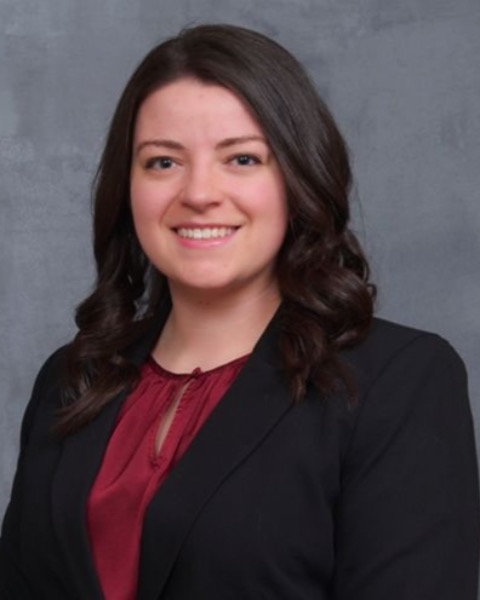Back
General and Abdominal Ultrasound
General and Abdominal Scientific Session 1
Ultrasound Normalized Local Variance And Liver/Kidney Ratio To Assess Non-Alcoholic Fatty Liver Disease
Monday, March 27, 2023
2:34 PM – 2:41 PM
Location: Bonnet Creek IX
CME: 0 Hours
Authors: Lauren Hagenstein, Rocky Vista University College of Osteopathic Medicine
Jing Gao, Rocky Vista University
Joseph C. Jenkins, Rocky Vista College of Osteopathic Medicine
Jing Gao, Rocky Vista University
Joseph C. Jenkins, Rocky Vista College of Osteopathic Medicine

Lauren D. Hagenstein
Medical Student
Rocky Vista University College of Osteopathic Medicine
Orem, Utah, United States
